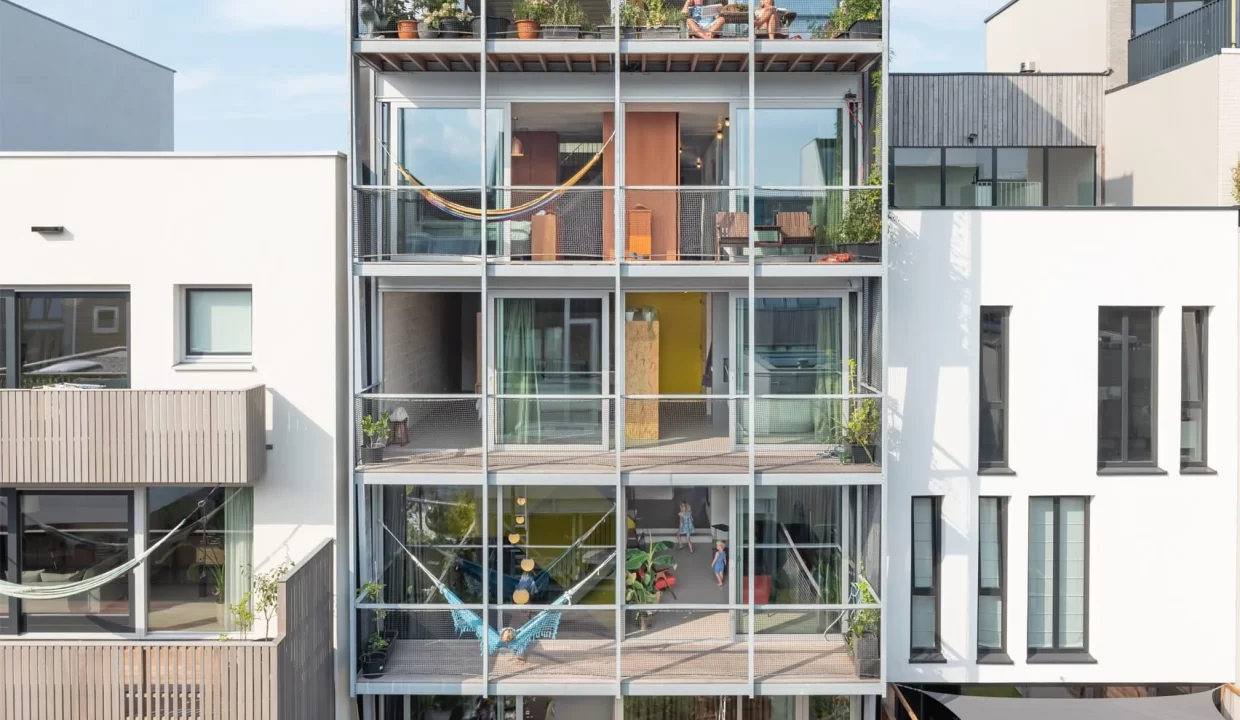Trends in Co-living Spaces Across the UK, Turkey, and Dubai
The concept of co-living spaces has emerged as a transformative trend in urban living, redefining traditional notions of accommodation and community. Across diverse global landscapes, including the UK, Turkey, and Dubai, co-living spaces have gained traction, offering a unique living experience that blends convenience, community, and contemporary lifestyles.
Co-living: A Contemporary Living Paradigm
The Essence of Co-living
Co-living spaces encapsulate the idea of shared accommodation, fostering a sense of community among like-minded individuals. These spaces typically offer private bedrooms coupled with shared common areas, providing residents with a blend of privacy and social interaction.
Key Features and Amenities
Co-living spaces prioritize communal living, offering amenities such as shared kitchens, lounges, workspaces, and recreational areas. Some also provide services like housekeeping, Wi-Fi, and social events, creating a holistic living experience.
Co-living Trends Across Regions
The UK: Community Amid Urban Landscapes
In cities like London and Manchester, co-living spaces cater to young professionals seeking affordable yet well-designed accommodations. These spaces often focus on fostering communities through social events, networking opportunities, and convenient access to urban amenities.
Turkey: Emerging Co-living Concepts
Turkey’s urban centers, particularly Istanbul, witness the emergence of co-living concepts that cater to diverse demographics. These spaces aim to blend affordability with modern design, attracting students, young professionals, and expatriates seeking community-oriented living arrangements.
Dubai: Luxury and Community Integration
In Dubai, co-living spaces cater to a more upscale segment, offering luxurious shared accommodations with premium amenities. These spaces prioritize comfort, convenience, and community integration, appealing to affluent individuals seeking a social yet sophisticated living environment.
Driving Forces Behind Co-living Popularity
Changing Lifestyles and Preferences
The rise of co-living spaces is fueled by changing lifestyle preferences, especially among millennials and Gen Z, who prioritize experiences, flexibility, and social connections over traditional housing setups.
Affordability and Flexibility
Co-living addresses the affordability challenge in expensive urban centers, providing cost-effective living arrangements coupled with flexible lease terms, attracting those seeking convenience without hefty financial commitments.
Emphasis on Community and Well-being
The focus on community-building and well-being sets co-living apart, offering residents a sense of belonging, support networks, and shared experiences, fostering mental well-being and reducing isolation.
Conclusion: Embracing Co-living’s Evolution
The increasing popularity of co-living spaces across the UK, Turkey, and Dubai signifies a shift in urban living paradigms. From fostering communities to addressing affordability and promoting well-being, these spaces cater to a generation seeking more than just a place to live—they seek connections, convenience, and a sense of belonging in their urban dwellings.
As co-living continues to evolve, adapting to diverse preferences and urban dynamics, it stands as a compelling testament to the transformation of modern living, redefining the boundaries of shared spaces and community-centric living across global urban landscapes.

